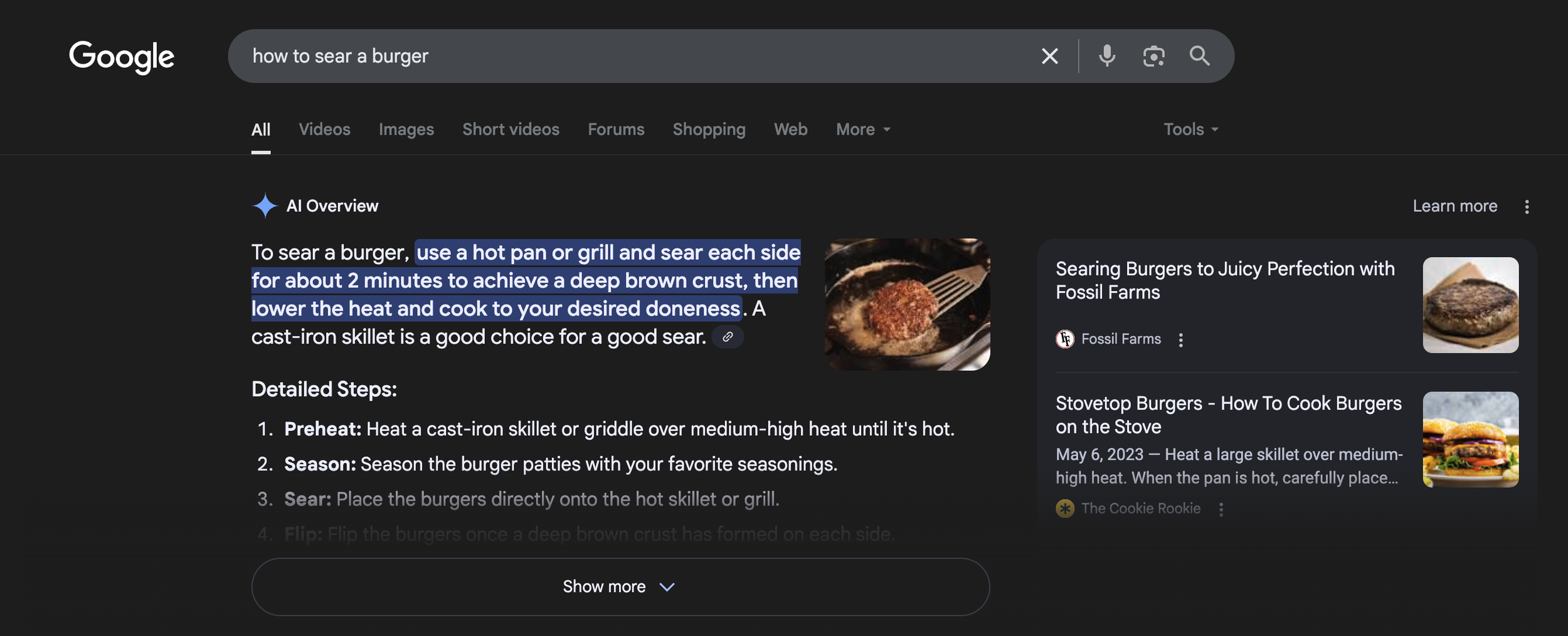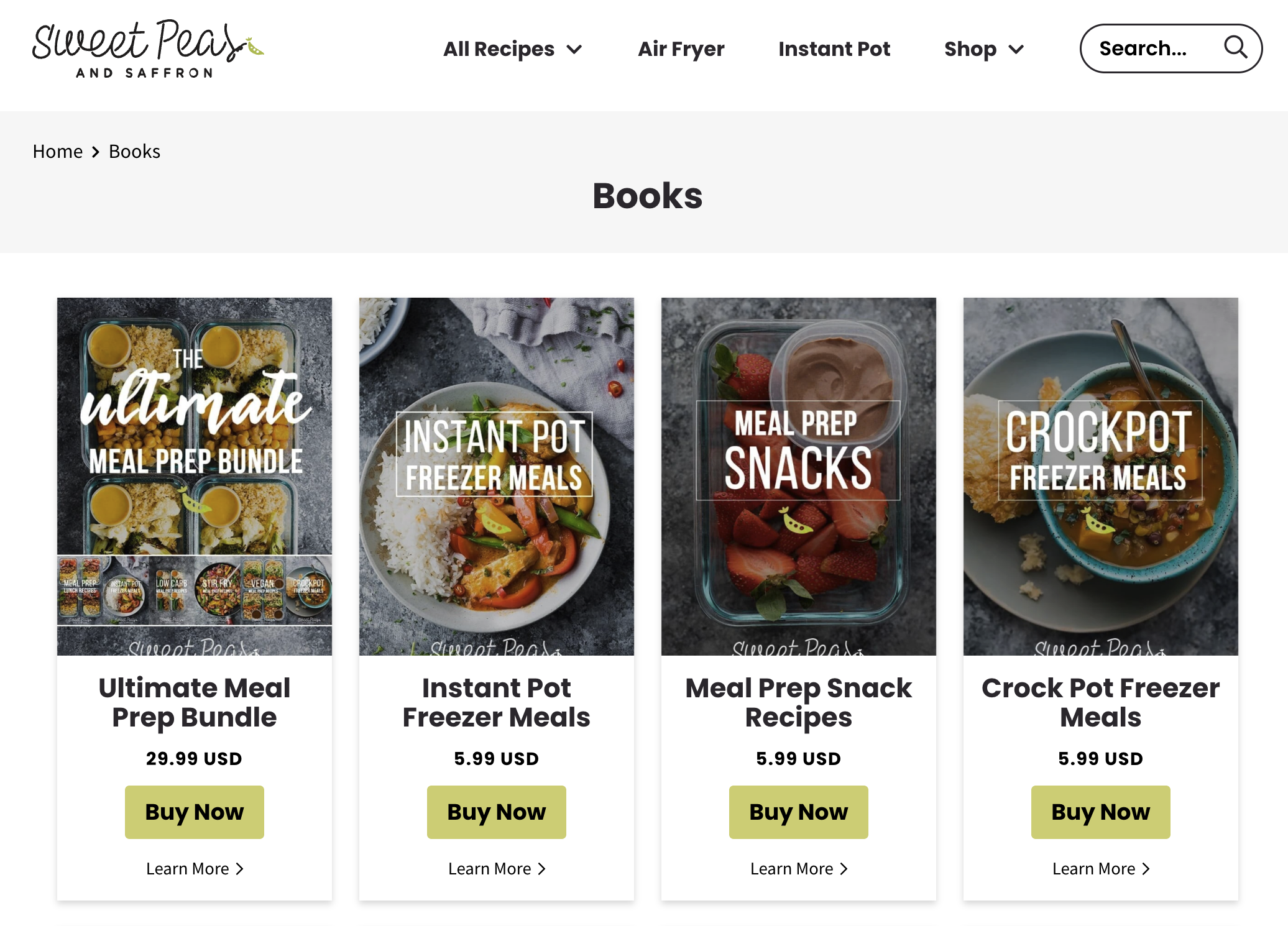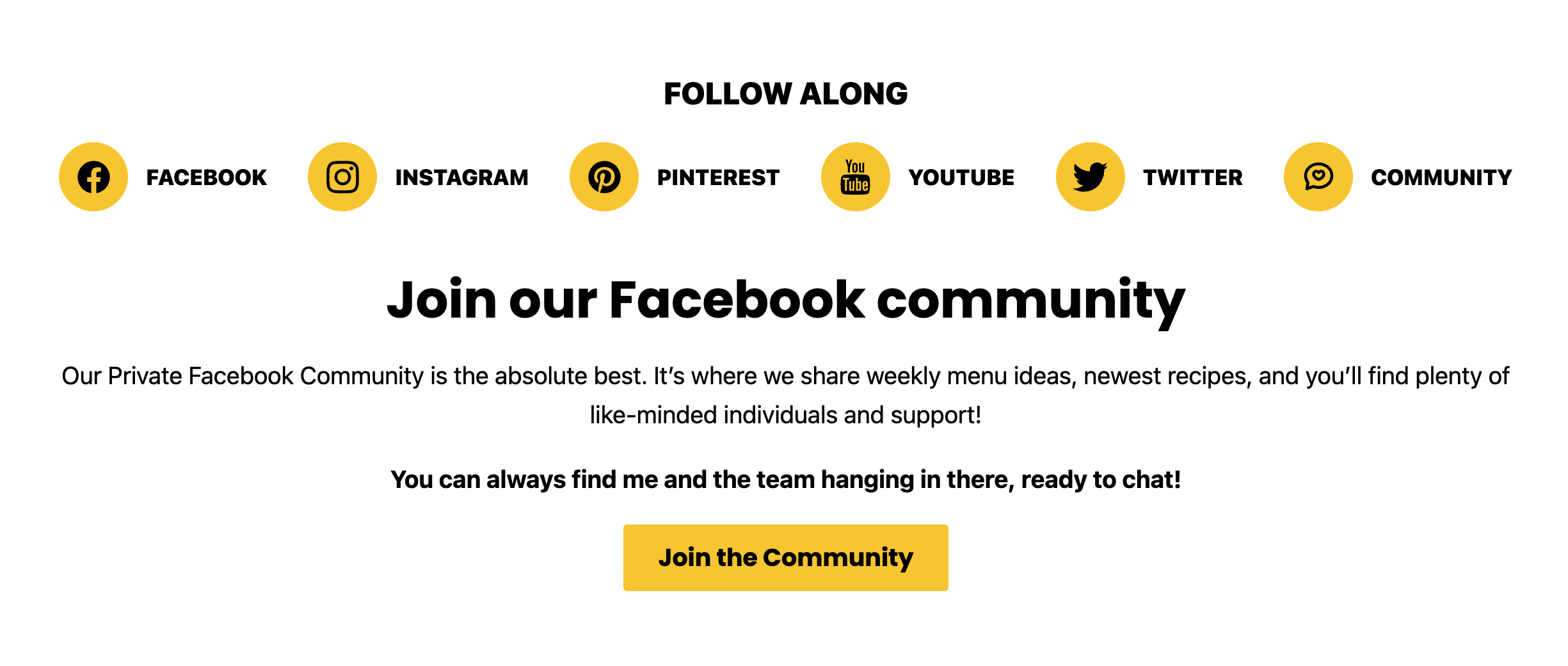Why Your Food Blog Needs a Membership Site (and How to Build One)
Food blogging has changed.
For years, creators have relied on a familiar mix of organic traffic, ad revenue, and affiliate links to grow and monetize their sites. But with recent shifts in how users find and consume content online—especially through AI-powered search—those traffic sources are less predictable than ever.
Google’s rollout of AI Overviews and its new “AI Mode” has introduced summaries that often answer users’ questions directly within the search results. That means fewer people are clicking through to recipe websites. Publishers are already seeing the impact. Some, like The Sun, report up to a 40% drop in global traffic. In an industry that depends on traffic, email signups, and affiliate conversions, that’s significant.
Example of how AI Overviews are changing Google Search as we know it.
The takeaway isn’t panic, it’s preparation. And one of the most effective ways to build a more resilient content business is by creating a membership site.
Here’s why food bloggers are increasingly turning to membership models, what it can look like, and how to get started.
Why Membership Makes Sense Right Now
1. You Own the Relationship
Relying on third-party platforms for discovery and engagement has always come with risk. Membership sites let you take that relationship in-house. When someone signs up, you get their email address and direct line of communication, no algorithm required.
That means if traffic dips or a platform changes its policies (again), you’re not starting from zero. You’ve got a base of people who’ve chosen to hear from you and are more likely to engage with your work.
2. Recurring Revenue Stabilizes Your Income
Instead of chasing pageviews or one-off affiliate commissions, a membership model provides predictable, monthly income. Even a small number of committed subscribers can create meaningful revenue, especially when layered with your existing business (ads, courses, brand partnerships, etc.).
Plus, you can add tiered pricing. Some members may just want extra recipes. Others might pay more for hands-on Q&As, downloadable tools, or behind-the-scenes content.
3. Deeper Engagement and Community
Membership sites give you the space to do more than post and ghost. You can build forums, host live cook-alongs, or run challenges that turn passive readers into an active, engaged community.
This also becomes a powerful feedback loop. Your members can help shape what content you create next, what products to launch, and what kinds of support they’re looking for.
4. A Place to Offer More
A blog post is often just the teaser. Inside your membership, you can offer:
Exclusive recipes or variations not found elsewhere.
In-depth cooking videos and tutorials.
Downloadable meal planners or shopping lists.
Monthly live sessions or private podcast episodes.
Discounts on your ebooks or recommended products.
You’re building not just a blog, but a digital kitchen where your most loyal readers want to hang out and learn!
What a Membership Site Could Look Like
There’s no one-size-fits-all approach, and that’s a good thing. Here’s a simple framework for food bloggers just getting started:
Free Content
Still publish your blog posts. This builds awareness, helps SEO, and lets potential members see the quality of your work.
Email Opt-In
Use a strong lead magnet (like a free meal plan or shopping list) to grow your email list. This is often the bridge between casual readers and paying members.
Lexi’s Clean Kitchen email opt-in example.
Gated Member Content
This is the heart of your membership. What’s behind the gate is up to you:
One new premium recipe each week.
Step-by-step cooking tutorials.
A vault of downloadable printables.
An exclusive recipe club, where members vote on what you create next.
Sweet Peas and Saffron lineup for cook books and premium recipes.
Community Features
Many platforms let you offer extras like:
Comment threads, forums, or Slack groups.
Member spotlights or guest contributions.
Office hours or 1-on-1 calls.
How Lexi’s Clean Kitchen drives community engagement with a private group.
You don’t need to launch with everything. Start simple and layer in more value over time.
Tools and Platforms to Consider
There are many tools out there to help you create a membership site. Here are a few options:
Memberful: Great for WordPress users who want full control of their site.
Substack: Perfect if your content is mostly text or newsletter-based.
Teachable: Best if you’re offering structured courses or workshops.
Podia or Kajabi: All-in-one platforms for content, email, and community.
Patreon: Quick setup, ideal for creators with strong social followings.
If you’re already using tools like ConvertKit or Flodesk for email marketing, look for a platform that integrates easily.
Enhance Your Food Blog and Membership Site with Grocers List!
Once your membership site is up and running, the next step is making it easier to manage and more profitable to scale. That’s where automation tools built specifically for food creators can make a big difference.
Grocers List is one of the only platforms built with recipe creators in mind. It helps you:
Grow your email list with “Save to Email” buttons in your DMs.
Drive engagement by auto-replying to comment keywords like “TACO” or “DINNER”.
Monetize deeper with one-click ingredient shopping linked to your Instacart or Amazon Fresh affiliate accounts.
Run smarter promotions through story replies, live demo links, and integrated post analytics.
Whether you want to boost affiliate sales, grow a list of super fans, or turn Instagram comments into email opt-ins, Grocers List helps you do it all automatically, without learning new tech or hiring help!



